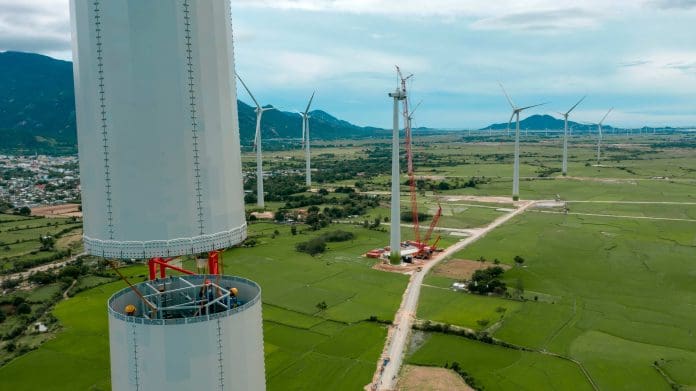The new Labour Forecasting Tool suggests the skills shortage is worse than the industry has been anticipating, with a predicted shortfall of 40,000 workers in the next four years
A new Labour Forecasting Tool (LFT) launched by the Engineering Construction Industry Training Board (ECITB) predicts that demand for mechanical and electrical engineers, scaffolders, process engineers, project managers, pipefitters, welders, and instrument and control technicians is much higher than previously thought.
The ECITB estimated last year that around 25,000 additional workers would be needed for major projects, including those related to net zero by 2026.
New research reaffirms this, with the added revelations that the labour demand gap will get wider with an estimated shortfall of 40,000 workers by 2028.
The Labour Forecasting Tool provides insight up to 2035
Specifically focusing on the engineering construction industry (ECI), the LFT provides insights into workforce numbers across regions and sectors up to 2035, predicting trends and potential future demand for workers.
This scope includes the oil, gas, nuclear, renewables, hydrogen, and carbon capture sectors, as well as other process industries, such as chemicals, pharmaceuticals, food processing, water and waste treatment.
The tool has been created using insights from the ECITB 2021 workforce census and data from 1,500 active and future ECI projects, as well as the support of a technical reference group with key industry stakeholders.
Mark Riley, chair of the Client Contractor National Safety Group (CCNSG), was part of the LFT’s technical reference group.
He said: “For the first time we can visualise this key industrial infrastructure skill base where supply and demand are spread across multiple regions and sectors.”
“The LFT will provide a valuable tool to support discussions and decisions around key skills and, as the ECITB continues to work with industry to refine the underlying data and assumptions, the quality of information will only improve.”
8,000 additional workers will be needed in 2024 alone
Among its initial findings, the LFT shows there could be a 28% increase in demand for workers in the industry between 2023 and 2028, with nearly 8,000 additional workers potentially needed to meet demand in 2024 alone if planned projects go ahead on time.
The tool, for example, highlights that an extra 13,000 workers could be needed by 2028 in the nuclear sector, while 16,000 more could be needed by 2030 in the offshore wind industry, which would represent a 75% increase in demand.
The Labour Forecasting Tool will be regularly updated
ECITB chief executive Andrew Hockey said: “The Labour Forecasting Tool is a first of its kind. Using data on this scale has not been done before in the ECI and will enable us to build a much better picture of future labour needs.
“Having this new source of evidence will better inform decision-making about what we do and how we support the industry to address these labour needs.
The current version of the LFT contains forecast demand data by region, sector and occupational group.
Quarterly updates of the underlying project data and updates to the tool will take place after the ECITB 2024 ECI Workforce Census.

















